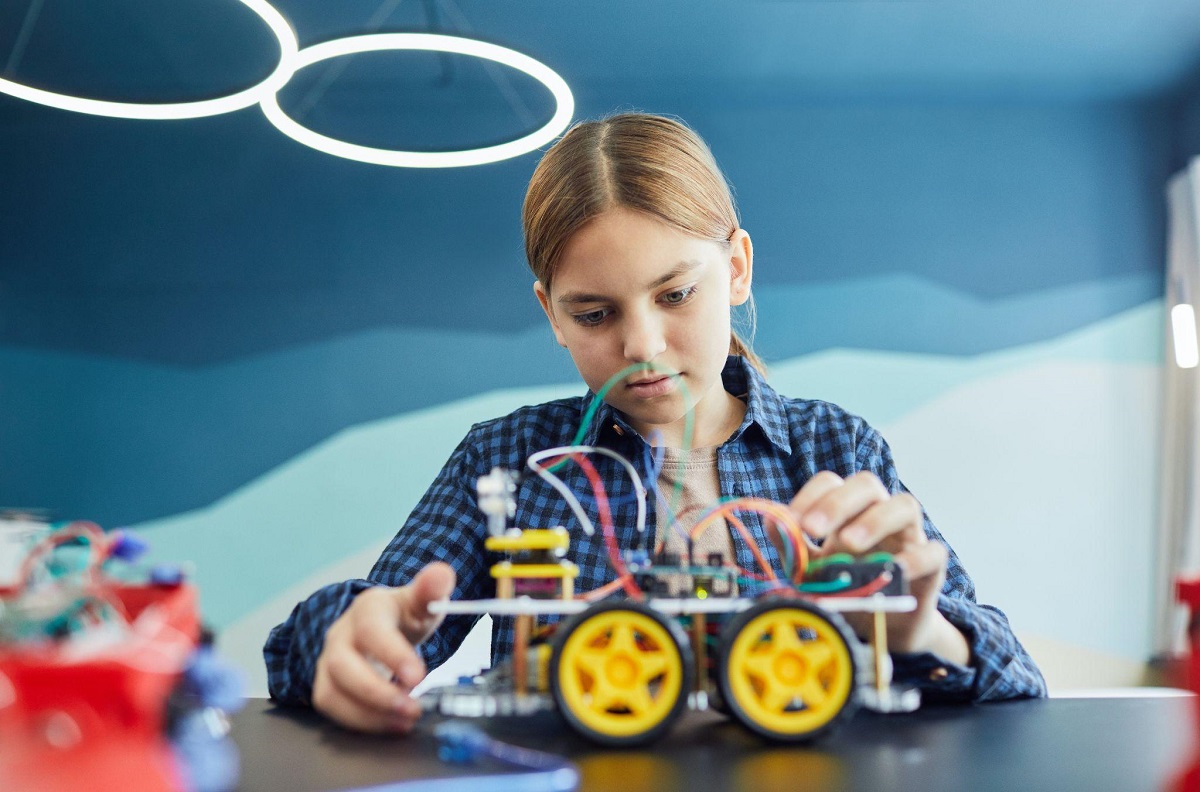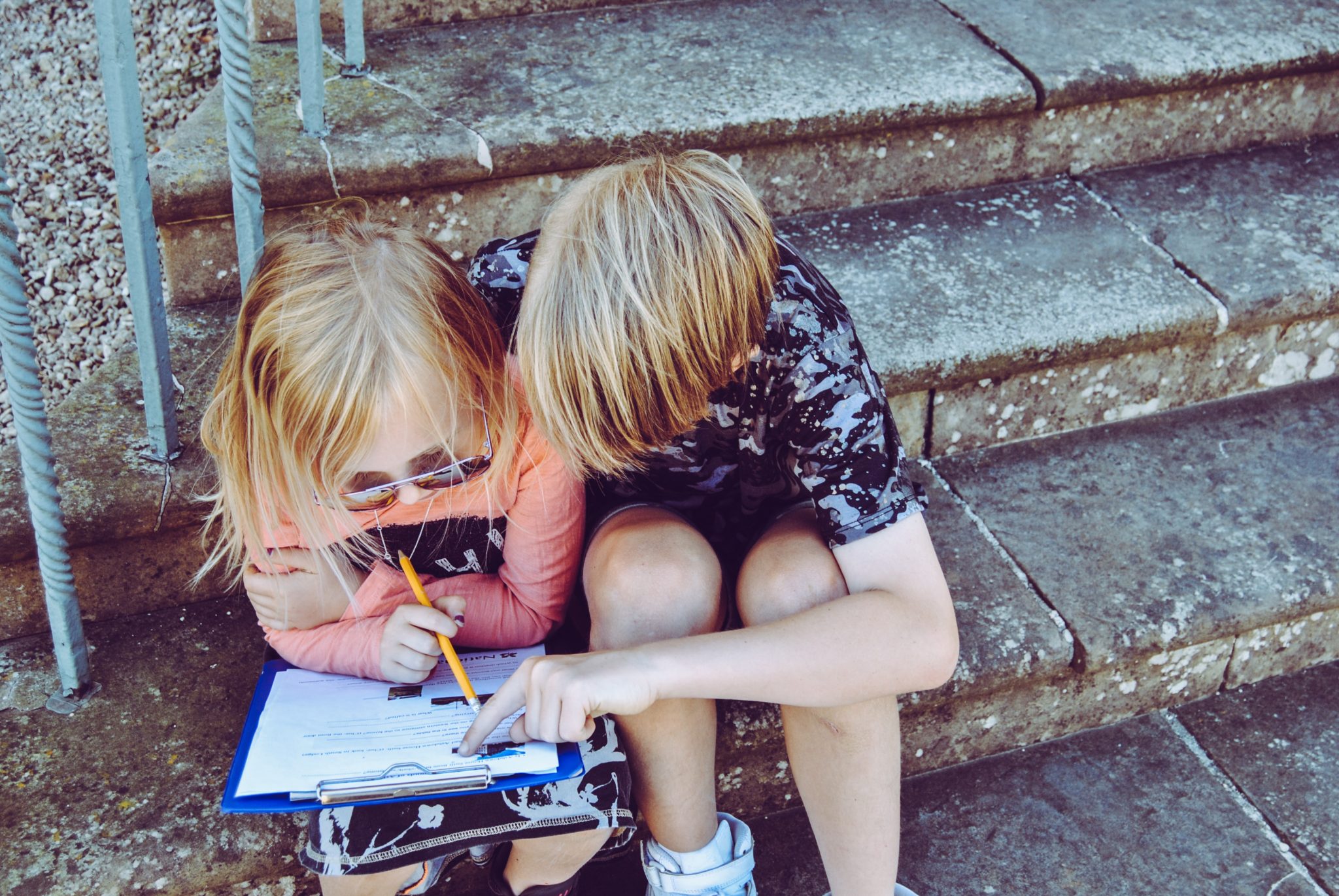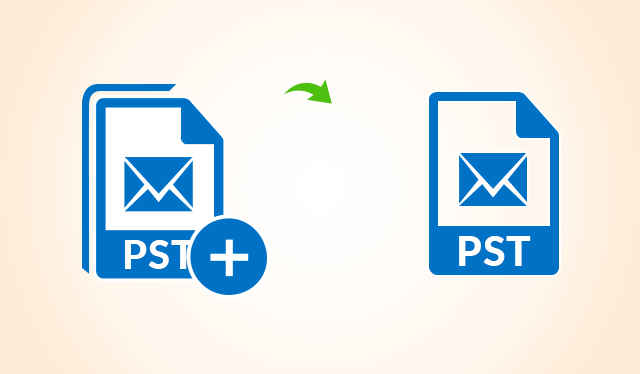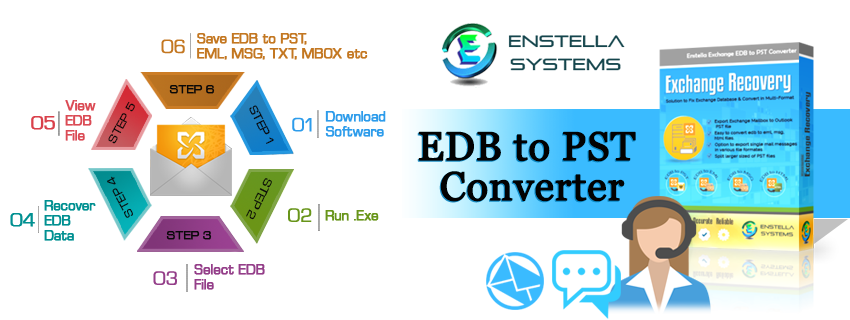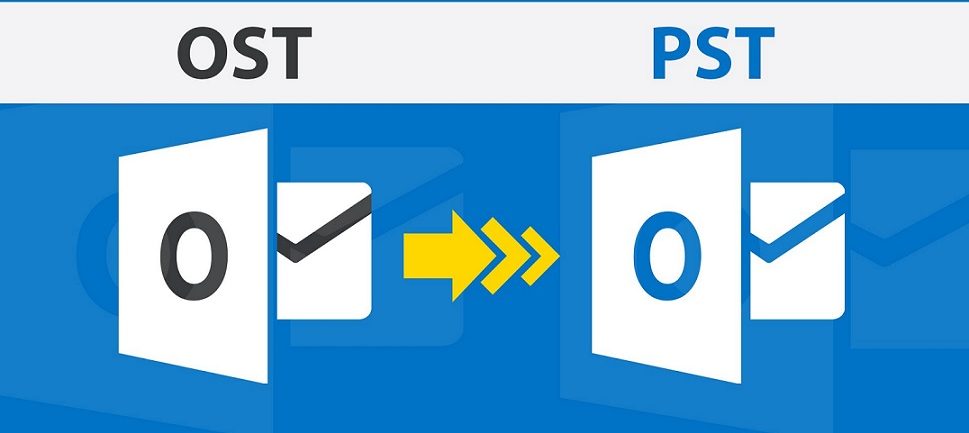Education has changed dramatically since the times of traditional schooling, where students simply memorized information that they would need to know on standardized tests at the end of the year. These days, it’s important to apply knowledge in practical situations, and project-based learning allows students to do just that while still getting the education or special education they need to be successful in the real world. Here are some of the advantages project-based learning offers students today.
Why project based learning is beneficial
The end result is that students are more actively engaged in learning. The impact of IoT technology has increased on education to change the learning process. Projects allow them to take initiative, think on their feet, solve problems they may never have encountered before, develop better communication skills, and learn how to collaborate effectively.
These are all essential skills in today’s economy. People want employees who can think critically, adapt quickly and work well with others – these are not easy things to teach through traditional methods.
By encouraging students to challenge themselves with realistic problems that require creative solutions, we can give them practice at developing these necessary skills for life outside of school. In addition, project based learning makes it easier for students to apply what they’ve learned from lessons in other subjects by linking classes together through shared goals or topics.
What are the benefits of project based learning?
Project based learning, an important educational method of modern times, is a tool that assists students in developing various skills and competencies by providing them with opportunities to apply their knowledge.
This method improves interdisciplinary understanding among students as they are required to work together in order to achieve a common goal. It also teaches leadership qualities as they become responsible for planning, organizing and managing different aspects of their project during its execution.
Moreover, it also helps students to develop self-confidence and good communication skills through formal presentations made at the end of each project. Thus, students learn how to be accountable towards accomplishing goals within a given time frame.
Implementing project based learning in your classroom
As a teacher, implementing project based learning in your classroom can be challenging. However, when it is done right, students are motivated and engaged because they are deeply involved in their learning.
To succeed with PBL you will need to lay out a clear plan and be able to provide your students with encouragement and guidance through it all. If you want your students to learn effectively using PBL in your classroom, here are some things that you can do.
Teach them how to find reliable information: In order for students to gain knowledge from any source, whether it is an online resource or a textbook, they must know how to find reliable information from multiple sources. This way, if one source does not give them the answer that they are looking for then there will be other sources available for them to try next.
Make sure that students get sufficient time outside of class: While projects may seem like a lot of work during class time, make sure that your students have plenty of time outside of class working on their projects as well. This allows them more opportunities and chances at success throughout each project rather than just one opportunity during class time per week.
How to start a project based learning unit?
In an ideal classroom, students would have plenty of time to explore and discover what they’re passionate about on their own. But that’s often not a reality when you have many students, deadlines, and standards to meet.
What project based learning offers is a powerful solution: helping students develop a deep understanding of different concepts while working on something they find meaningful. However, strategies can be different for teaching students with learning disabilities. If you want to start using project based learning in your classroom but aren’t sure where to begin, try these strategies:
Make small changes gradually – Creating new curriculum or projects may seem like too big a leap for some teachers who are used to doing things one way.
Inspirational examples and ideas on PBL implementation
When it comes to implementing project-based learning in your classroom, there’s no one right way to do it. There are so many different methods and options out there that can get you where you want to go.
it’s up to you to find what works best with your unique group of students. PBL is all about enriching your lesson plans and infusing more creativity into them.
Finding a wealth of inspiring examples on how others have implemented project-based learning in their classrooms is a great place to start if you’re looking for more inspiration on PBL implementation. With more examples at hand, you’ll be able to learn about past successes—and mistakes—so that you can avoid repeating them yourself.
Author’s Bio:
Jason is an educator, writer and Ed-tech enthusiast who makes his living writing insightful content. He is a well-known author @ Help In Homework and loves to share his views on academic life and educational industry trends. His mission is to make students’ lives easier through his research.
